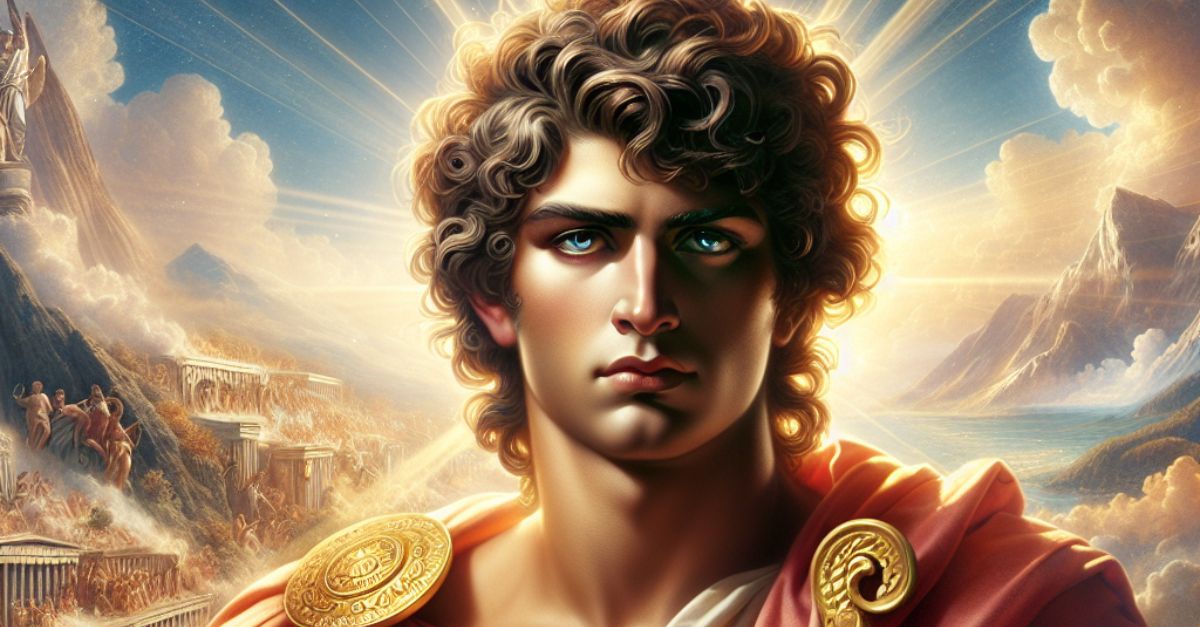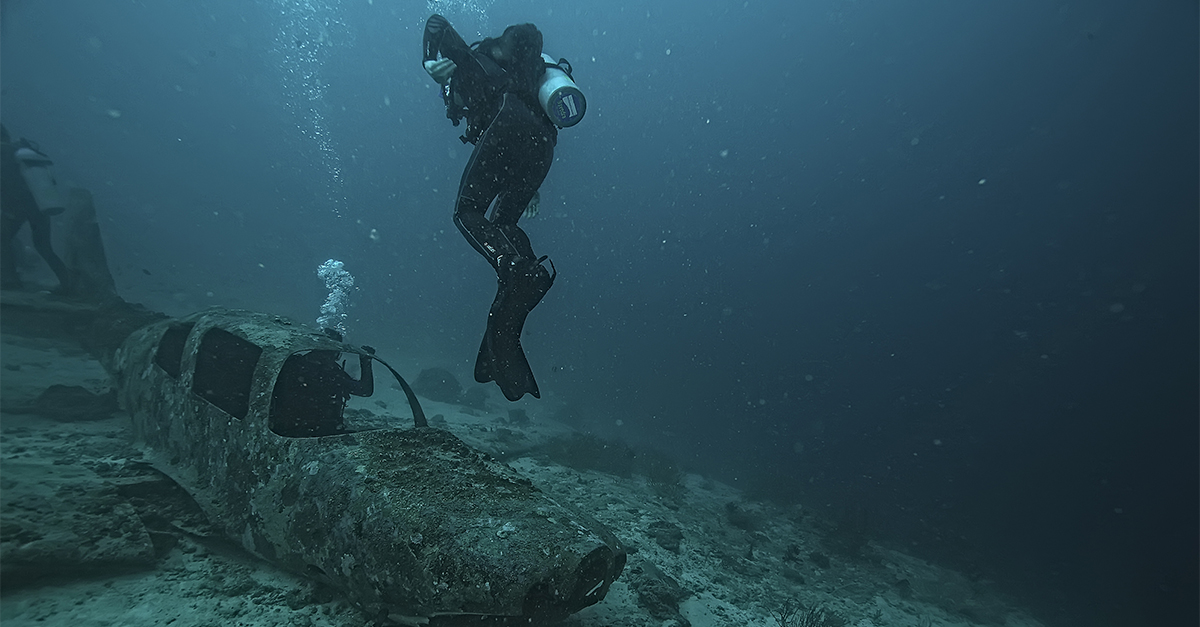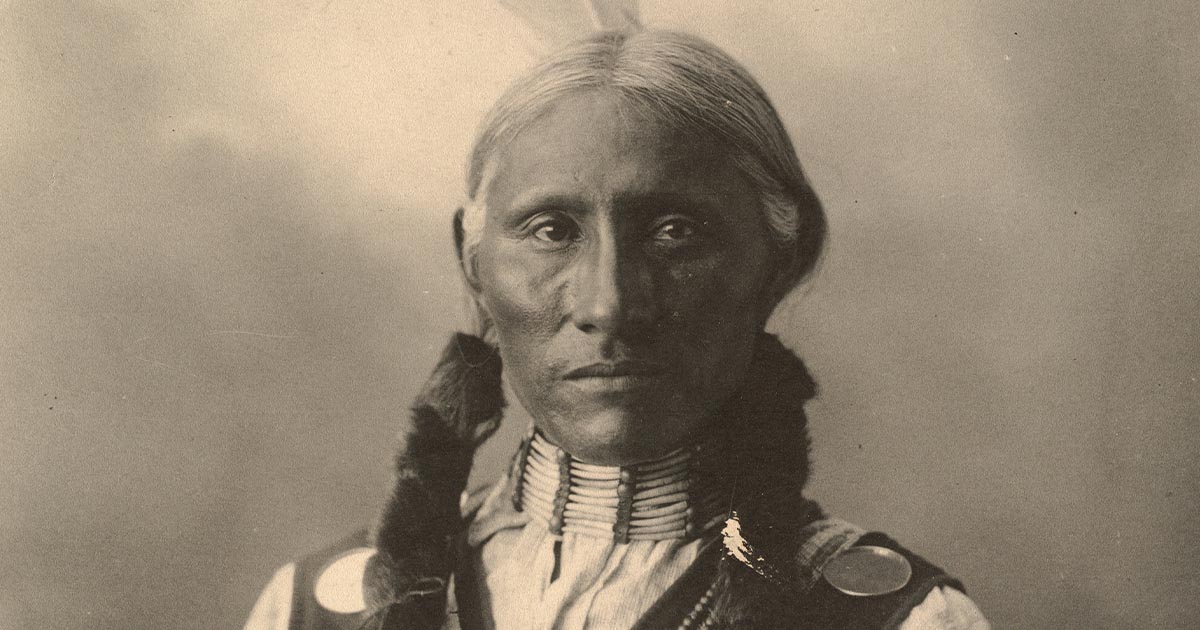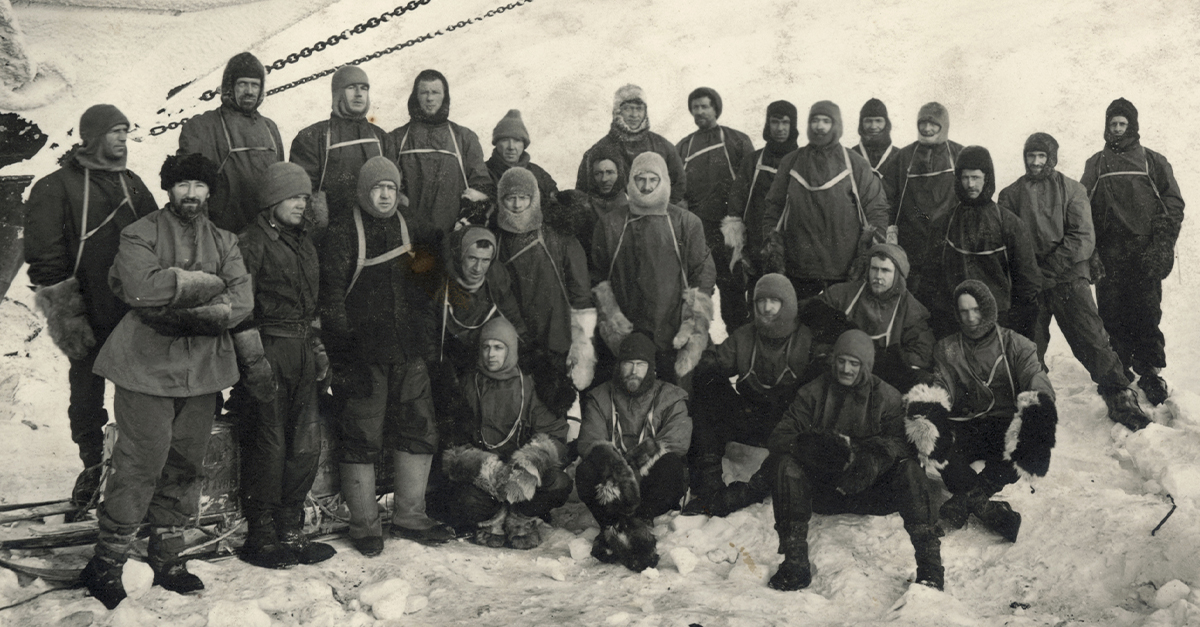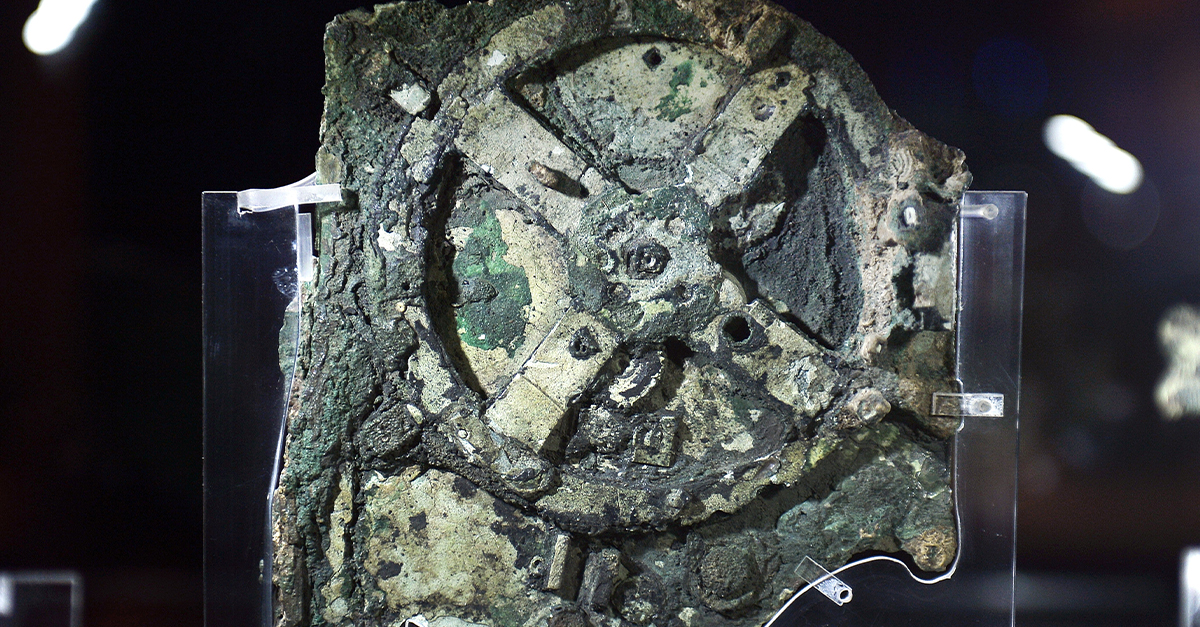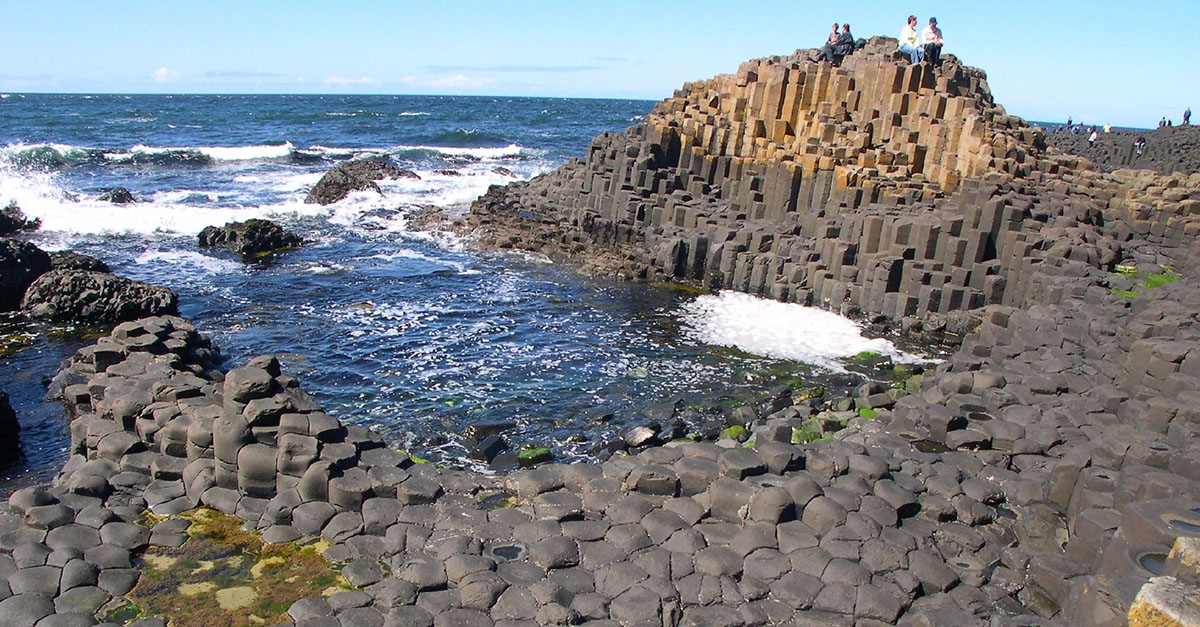When The Divine Fell
Apollo once reigned in Olympus until a divine offense led Zeus to strip him of his immortality. Yet mortals still revered him—and now, archaeologists have uncovered powerful new evidence of that devotion in ancient Tamassos.
Rediscovering The Sanctuary Of Apollo In Cyprus
Originally excavated in 1885, this spot in Tamassos had vanished into obscurity. Now, the site reemerges, illuminating the religious fervor that once permeated Mediterranean worship, which shaped identities and forged cross-cultural exchanges.
 Ancient Sanctuary of Apollo in Cyprus, Kourion: Drone Review by Cyprus Scope
Ancient Sanctuary of Apollo in Cyprus, Kourion: Drone Review by Cyprus Scope
The Leaders Behind The Rediscovery
The sanctuary’s rediscovery was led by Matthias Recke (University of Frankfurt) and Philipp Kobusch (University of Kiel/Wurzburg). Their team meticulously traced Max Ohnefalsch-Richter’s 1885 excavation, uncovering lost artifacts and structural remains. Their work has revived a forgotten chapter of Cypriot religious history.
 Unknown authorUnknown author, Wikimedia Commons
Unknown authorUnknown author, Wikimedia Commons
How The Rediscovery Was Initiated
In 2021, archaeologists from Frankfurt, Kiel, and Wurzburg began searching for the sanctuary in Tamassos. Using historical records and advanced excavation techniques, they pinpointed the site. By 2024, extensive digs revealed evidence confirming Apollo’s enduring presence. Before we dig into the new find, let’s briefly see who Apollo was.
 Livioandronico2013, Wikimedia Commons
Livioandronico2013, Wikimedia Commons
Apollo Was Zeus's Son
Apollo, the son of Zeus and Leto, was the god of light, prophecy, and healing. This god shaped Greek and Roman mythology. Worshipped across the ancient world, his cult thrived in cities and sacred oracles. Unlike other gods, Apollo bridged realms—uniting artistry and wisdom under one divine presence.
 Marie-Lan Nguyen, Wikimedia Commons
Marie-Lan Nguyen, Wikimedia Commons
Apollo’s Role In Ancient Society
Revered as the god of music, truth, and the sun, Apollo’s influence stretched from Delphi to Anatolia. He guided oracles, inspired poets and musicians, and protected travelers. Temples dedicated to him housed many to reflect a deity whose wisdom shaped ancient life.
 @alessandrooroman, Wikimedia Commons
@alessandrooroman, Wikimedia Commons
Apollo’s Family And Daily Life
Apollo’s immortal lineage shaped his divine path. As the son of Zeus and Leto, twin brother to Artemis, he balanced artistry and warlike precision. His daily life in Olympus revolved around prophecies and celestial duties—orchestrating life for his believers.
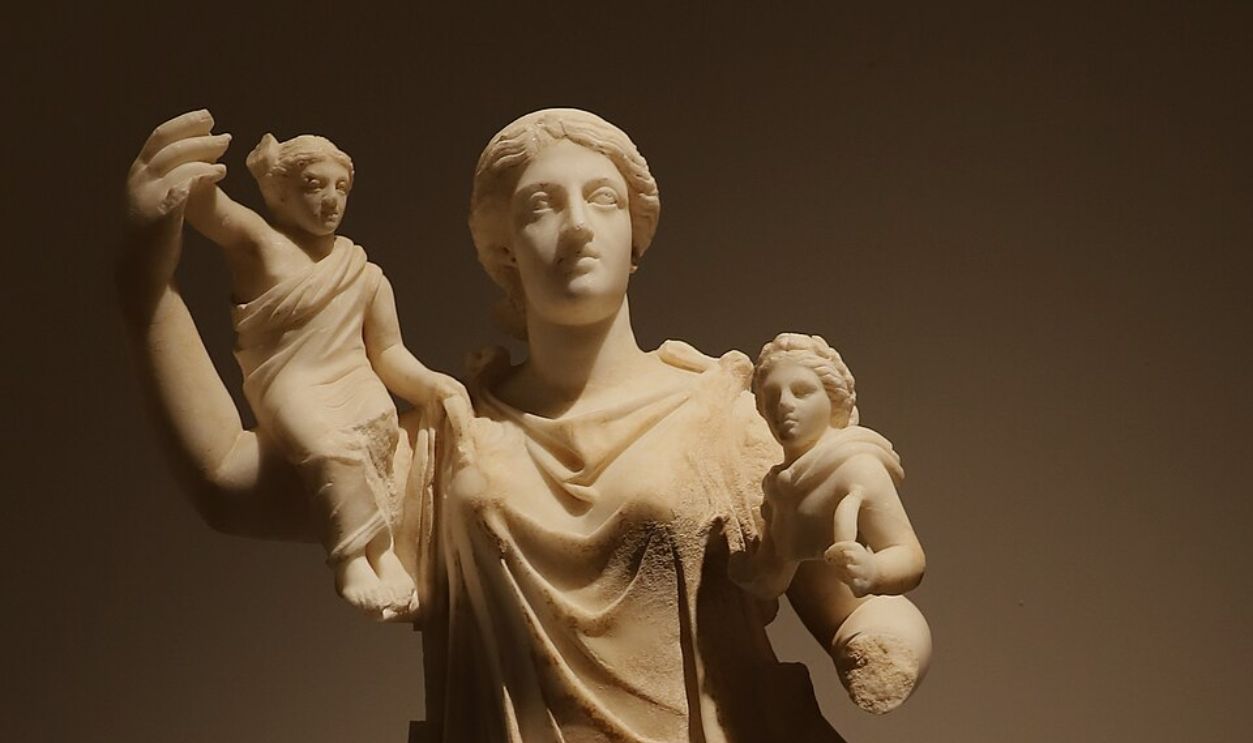 Sailko, CC BY 3.0, Wikimedia Commons
Sailko, CC BY 3.0, Wikimedia Commons
Apollo’s Children
Apollo had numerous children, each inheriting aspects of his divine nature. Asclepius, the god of medicine, was struck down by Zeus for mastering resurrection. Aristaeus, born to Cyrene, influenced agriculture, beekeeping, and hunting. Orpheus, the legendary musician, mesmerized even the gods with his melodies. There were more.
 Giovanni Dall'Orto., Wikimedia Commons
Giovanni Dall'Orto., Wikimedia Commons
His Other Kids Were
Troilus was a Trojan prince who met a tragic fate. Linus, another gifted musician, spread Apollo’s lyrical knowledge. Mopsus, a renowned seer, carried Apollo’s prophetic gifts into myth. Their legacies echo Apollo’s influence. Through them, his presence endured across generations.
 Unknown authorUnknown author, Wikimedia Commons
Unknown authorUnknown author, Wikimedia Commons
Now, Let’s Zoom In On Asclepius
You’ve already read that Asclepius was struck down by Zeus for mastering resurrection, right? Well, here’s the story. Back then, Greek mythology was ruled by the natural order of life and death. This was to go on and never be interrupted until Asclepius discovered he could resurrect the deceased.
He Practiced This On Several Deities
Asclepius was said to have resurrected several figures in Greek mythology. Among those said he brought back were Hippolytus, a prince unjustly slain, and Capaneus, a warrior struck down by Zeus’s wrath. Some myths also suggest he revived Glaucus, a son of King Minos, using a powerful herbal concoction.
 Martin Morard, Wikimedia Commons
Martin Morard, Wikimedia Commons
Zeus Did Not Take This Lightly
Apollo had watched his son Asclepius defy mortality itself. However, his son’s ability to restore life angered the gods, particularly Zeus. Zeus’s greatest fear was that mortals might achieve immortality. This led to Asclepius’s own demise at the hands of a thunderbolt. Apollo was distraught about this. So, he planned…
Vengeance Against The Cyclopes
Blinded by rage, Apollo targeted Zeus’s Cyclopes, the celestial craftsmen who forged the thunderbolt that killed Asclepius. Their destruction was an act of defiance, a painful rebellion against Olympus’s laws. But just like his son, Apollo’s actions sealed his fate—his punishment came swiftly, and it altered his divine status.
He Was Exiled To Mortality
Apollo lost his god status and became a mortal. And as if that was not enough, he was cast down to King Admetus’s service. The golden halls of Olympus became pastures and livestock. Though fallen, Apollo left his mark, blessing Admetus with protection and an undying connection to prophecy.
 Pierre Joseph Célestin François, Wikimedia Commons
Pierre Joseph Célestin François, Wikimedia Commons
This Was The Reason Apollo Was Revered Even After His Fall
His ability to transition from Olympian glory to earthly hardship while maintaining his prophetic gifts strengthened his mythological legacy. Worshippers saw in Apollo a god who understood both celestial and mortal struggles, and this made his sanctuaries places of enduring devotion, even after his fall from grace.
 Mark Landon (photographed in 1982; digitized in 2021), Wikimedia Commons
Mark Landon (photographed in 1982; digitized in 2021), Wikimedia Commons
Honoring Apollo Before This Discovery
Long before Tamassos’s sanctuary resurfaced, Apollo’s worship unfolded in magnificent celebrations. The Pythian Games in Delphi celebrated him through contests in music and athletics. Pilgrims across Greece and Cyprus left statues, inscriptions, and votives to ensure Apollo’s eternal presence in the Mediterranean faith.
 Konstantinos Tamateas, Wikimedia Commons
Konstantinos Tamateas, Wikimedia Commons
Apollo’s Enduring Legacy In Cyprus
Among Cyprus’s ancient ruins (all his past dwellings), Apollo’s presence echoes like a melody lost to time. Here, worshippers once gathered and left carved tributes and elaborate amulets as symbols of devotion in an era when gods dictated every aspect of one’s daily life.
 Carole Raddato from FRANKFURT, Germany, Wikimedia Commons
Carole Raddato from FRANKFURT, Germany, Wikimedia Commons
Enter Tamassos—Where The Sanctuary Stood
Tamassos once stood as a beacon in Cyprus’s urban life, rich in copper resources and religious sites. The kingdom flourished by drawing merchants and artisans to Apollo’s revered grounds. In these spaces, offerings in limestone and faience told stories of devotion across generations.
 Ancient Sanctuary of Apollo in Cyprus, Kourion: Drone Review by Cyprus Scope
Ancient Sanctuary of Apollo in Cyprus, Kourion: Drone Review by Cyprus Scope
Here’s What They Found
Within the sanctuary, archaeologists uncovered towering limestone statues, remnants of sacred artistry. These massive figures represented noble youth and revered deities, and they adorned the temple precincts. Their size conveyed power as they stood watch over the faithful, seeking Apollo’s favor and prophecy.
They Also Found Over 100 Status Bases
Excavations revealed more than 100 statue bases, also of colossal size, to mark the sanctuary’s grandeur. These bases once supported towering figures, and they simply reinforced Apollo’s widespread veneration and the sanctuary’s role as a center for ritual offerings and devotion.
 Ancient Sanctuary of Apollo in Cyprus, Kourion: Drone Review by Cyprus Scope
Ancient Sanctuary of Apollo in Cyprus, Kourion: Drone Review by Cyprus Scope
Egyptian Faience Amulets
Among the votive offerings were Egyptian faience amulets made from a glazed ceramic material used in sacred rituals. Their presence suggests cross-cultural exchanges. It's possible that worshippers from Egypt and Cyprus shared religious practices and beliefs. Crazy, right? Who would have ever thought?
 Gary Todd from Xinzheng, China, Wikimedia Commons
Gary Todd from Xinzheng, China, Wikimedia Commons
Marble Glass Beads
Excavators also discovered marble glass beads, likely used in ceremonial adornments or as personal offerings. These beads highlight the ritualistic significance of jewelry in Apollo’s worship to symbolize protection, prosperity, and divine favor.
Structural Foundations And Courtyard Walls
The excavations also revealed large sections of the sanctuary’s structural foundations, including the dedication courtyard. These architectural elements provide insight into ancient temple layouts. It shows how worshippers gathered and left offerings in Apollo’s sacred space.
 Carole Raddato from FRANKFURT, Germany, Wikimedia Commons
Carole Raddato from FRANKFURT, Germany, Wikimedia Commons
Previously Undocumented Statue Fragments May Now Make Sense
The many statue fragments found in the 19th-century backfill were overlooked during earlier excavations. However, with this new discovery, such pieces may help restore incomplete statues housed in the Cyprus Museum and the Royal Ontario Museum to offer scholars a chance to reconstruct Apollo’s iconography.
 Jason Zhang, Wikimedia Commons
Jason Zhang, Wikimedia Commons
Echoes Of The Archaic Period
Dating to the 7th–6th centuries BCE, the sanctuary’s relics reflect Cyprus’s artistic and religious zenith. Statues bearing exaggerated features, votive figurines, and inscribed offerings reflect beliefs rooted in ritual practice. The fusion of Greek and Eastern influences shaped Apollo’s role in Mediterranean spirituality.
 Ricardo André Frantz (User:Tetraktys), Wikimedia Commons
Ricardo André Frantz (User:Tetraktys), Wikimedia Commons
What This Discovery Proves Or Rewrites
This finding challenges previous assumptions about Apollo’s worship in Cyprus. The colossal limestone statues prove that larger-than-life male figures existed in Frangissa, and this contradicts earlier beliefs that only terracotta statues were used. Additionally, the Egyptian faience amulets highlight cross-cultural exchanges to reshape our understanding of Mediterranean religious networks.

